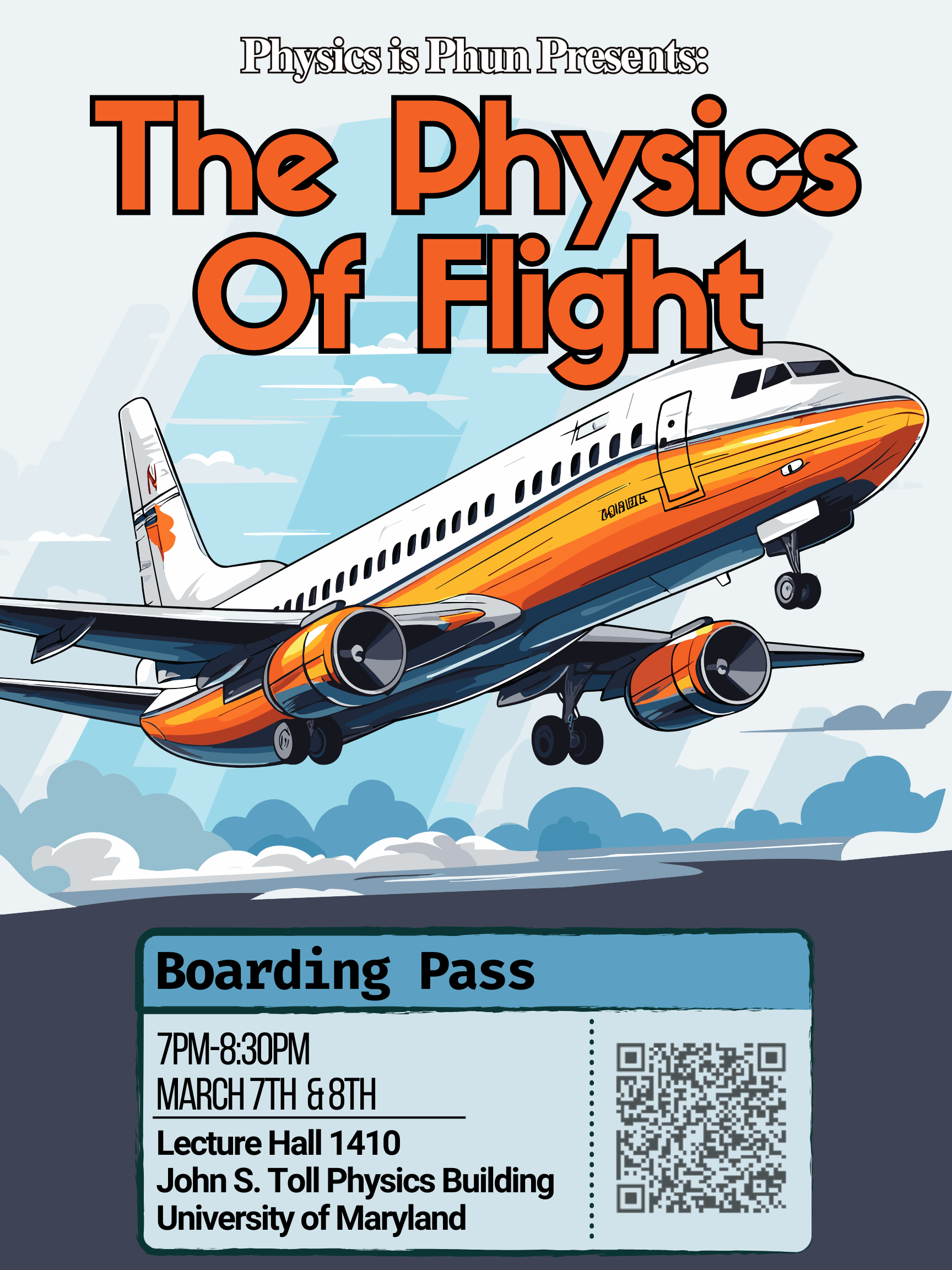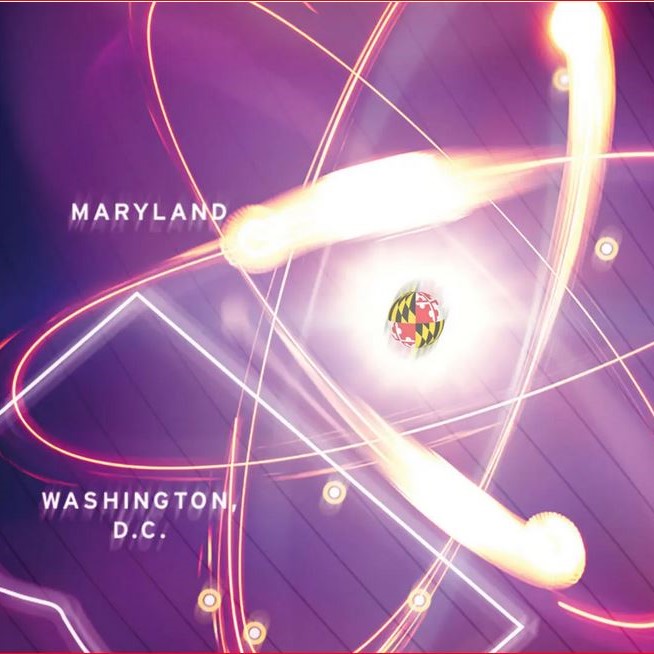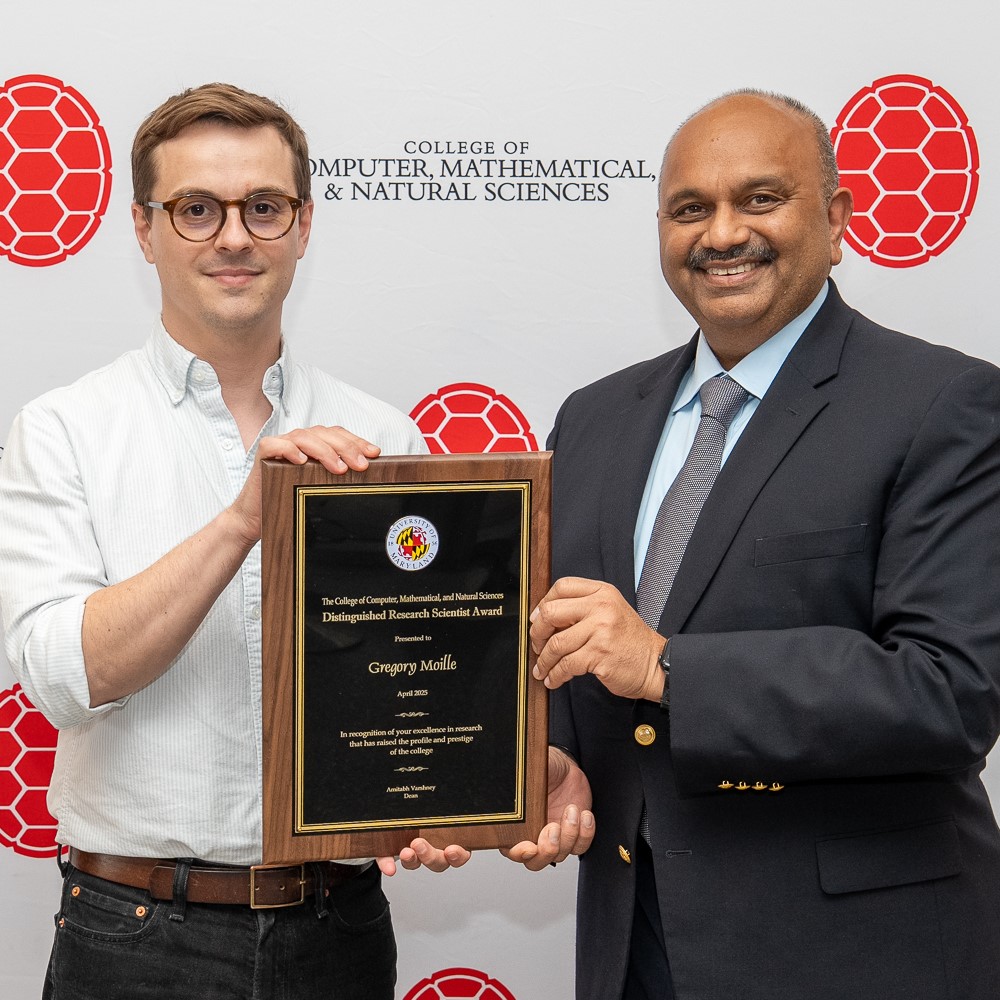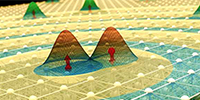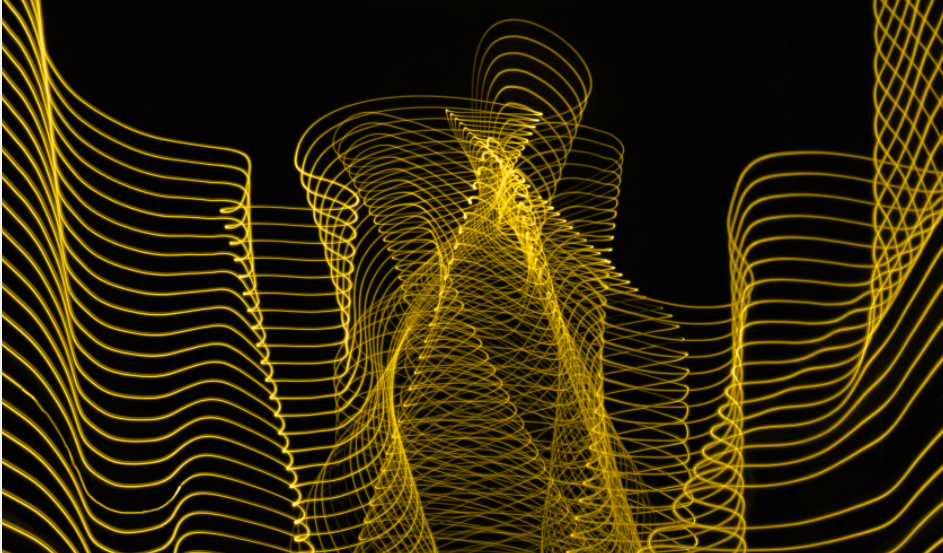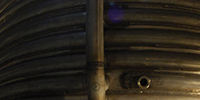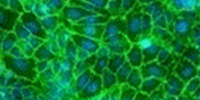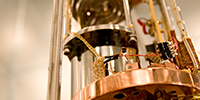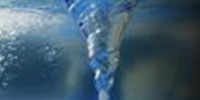Of Light, Electrons and Metamaterials
- Details
- Created: Monday, April 29 2013 12:48
- Last Updated: Friday, August 23 2013 10:04
- Written by Carole Kiger
- Hits: 4342
Nader Engheta, University of Pennsylvania
May 7, 2013
Metamaterials provide mechanisms for controlling and taming photons and electrons in unprecedented ways. In my group we are exploring various features and characteristics of these concepts and investigate new classes of applications such paradigms may provide. We have been developing several concepts such as “metamaterials that do mathematical operations”, “digital metamaterials”, “extreme-parameter metamaterials”, “nonreciprocal plasmonics”, “meta-electronics” in which one can tailor the effective mass of electrons for ultrafast response, and “optical metatronics”, i.e. metamaterial-inspired optical nanocircuitry and nanostrcutures, in which the three fields of “nanoelectronics”, “nanophotonics” and “magnetics” can be merged together. In such a unifying platform, the concept of metamaterials and plasmonics optics can be exploited to bridge the gaps among these fields, to modularize, standardize, and parameterize some of the optical and electronic phenomena, and to transplant concepts from one field into another. We have extended some of these concepts to other platforms such as graphene as one-atom-thick metamaterials and one-atom-thick optical devices and circuitry. Nader Engheta will present an overview of our most recent results from a sample of these topics and discuss future directions and potentials.
Biography:
Recipient of the 2013 Benjamin Franklin Key Award and the 2012 IEEE Electromagnetics Award, Nader Engheta is the H. Nedwill Ramsey Professor at the University of Pennsylvania with affiliations in the Departments of Electrical and Systems Engineering, Bioengineering, Physics and Astronomy, and Materials Science and Engineering. He received his B.S. degree from the University of Tehran, and his M.S and Ph.D. degrees from Caltech. Selected as one of the Scientific American Magazine 50 Leaders in Science and Technology in 2006 for developing the concept of optical lumped nanocircuits, he is a Guggenheim Fellow, an IEEE Third Millennium Medalist, a Fellow of IEEE, APS, OSA, AAAS, and SPIE, and the recipient of the 2008 George H. Heilmeier Award for Excellence in Research, the Fulbright Naples Chair Award, NSF Presidential Young Investigator award, the UPS Foundation Distinguished Educator term Chair, and several teaching awards including the Christian F. and Mary R. Lindback Foundation Award, S. Reid Warren, Jr. Award and W. M. Keck Foundation Award. His current research activities span a broad range of areas including metamaterials and plasmonics, nanooptics and nanophotonics, biologically-inspired sensing and imaging, graphene nanophotonics, nonreciprocal flow of photons, miniaturized antennas and nanoantennas, physics and reverse-engineering of polarization vision in nature, mathematics of fractional operators, and physics of fields and waves phenomena. He has co-edited (with R. W. Ziolkowski) the book entitled “Metamaterials: Physics and Engineering Explorations” by Wiley-IEEE Press, 2006. He was the Chair of the Gordon Research Conference on Plasmonics in June 2012.
-------------------------------------------------------------------------------------------------------------------------------------------------------------------------------------------------
Colloquia are held Tuesdays in Room 1410 at 4:00 pm (preceded by light refreshments at 3:30). If you have additional questions, please call 301-405-5946.








